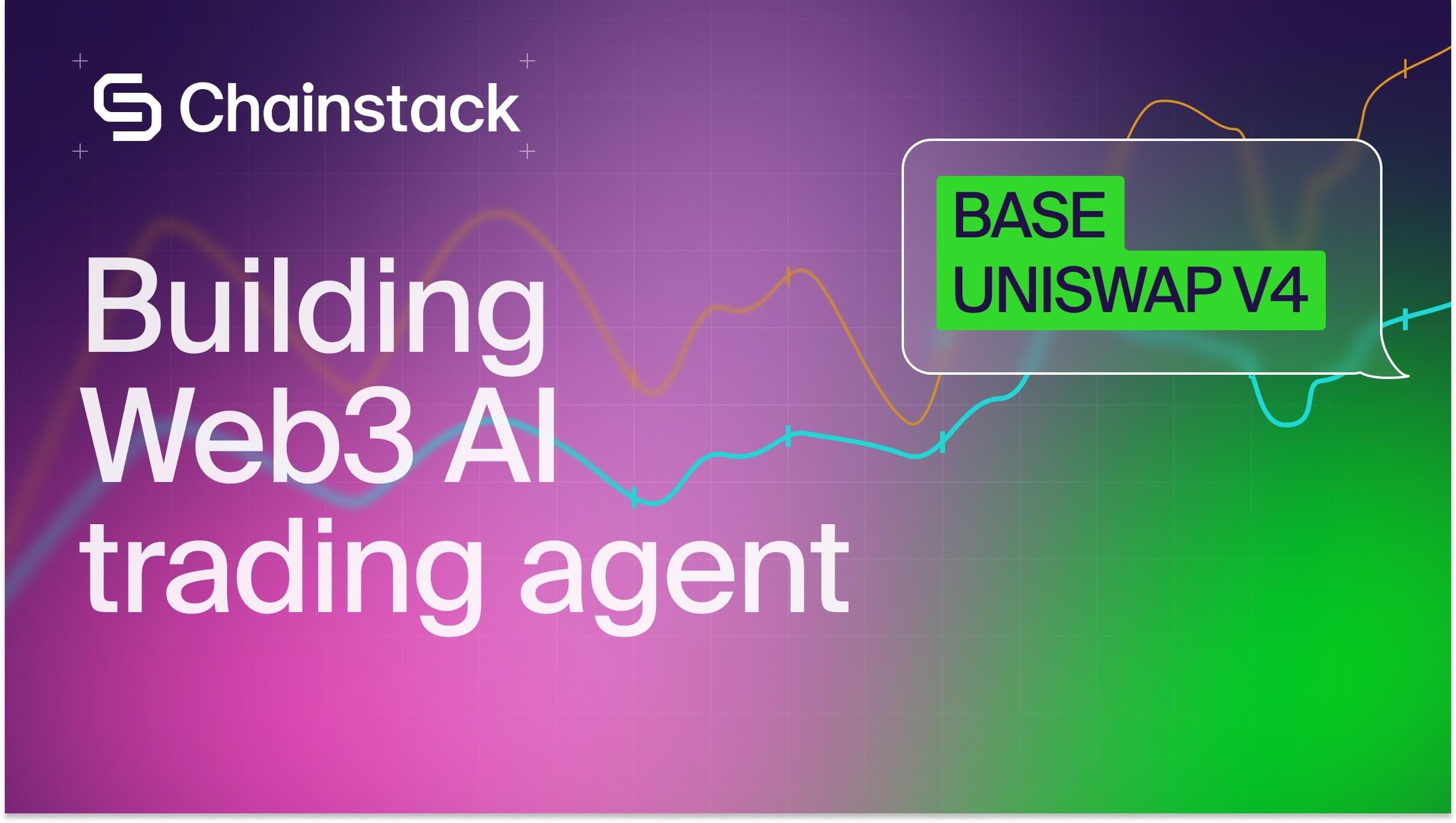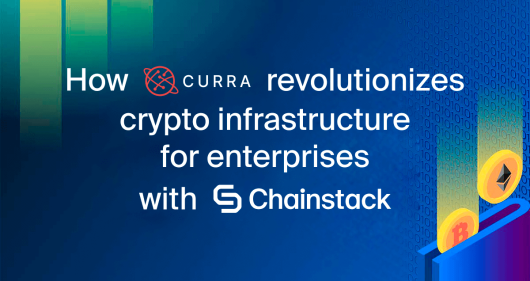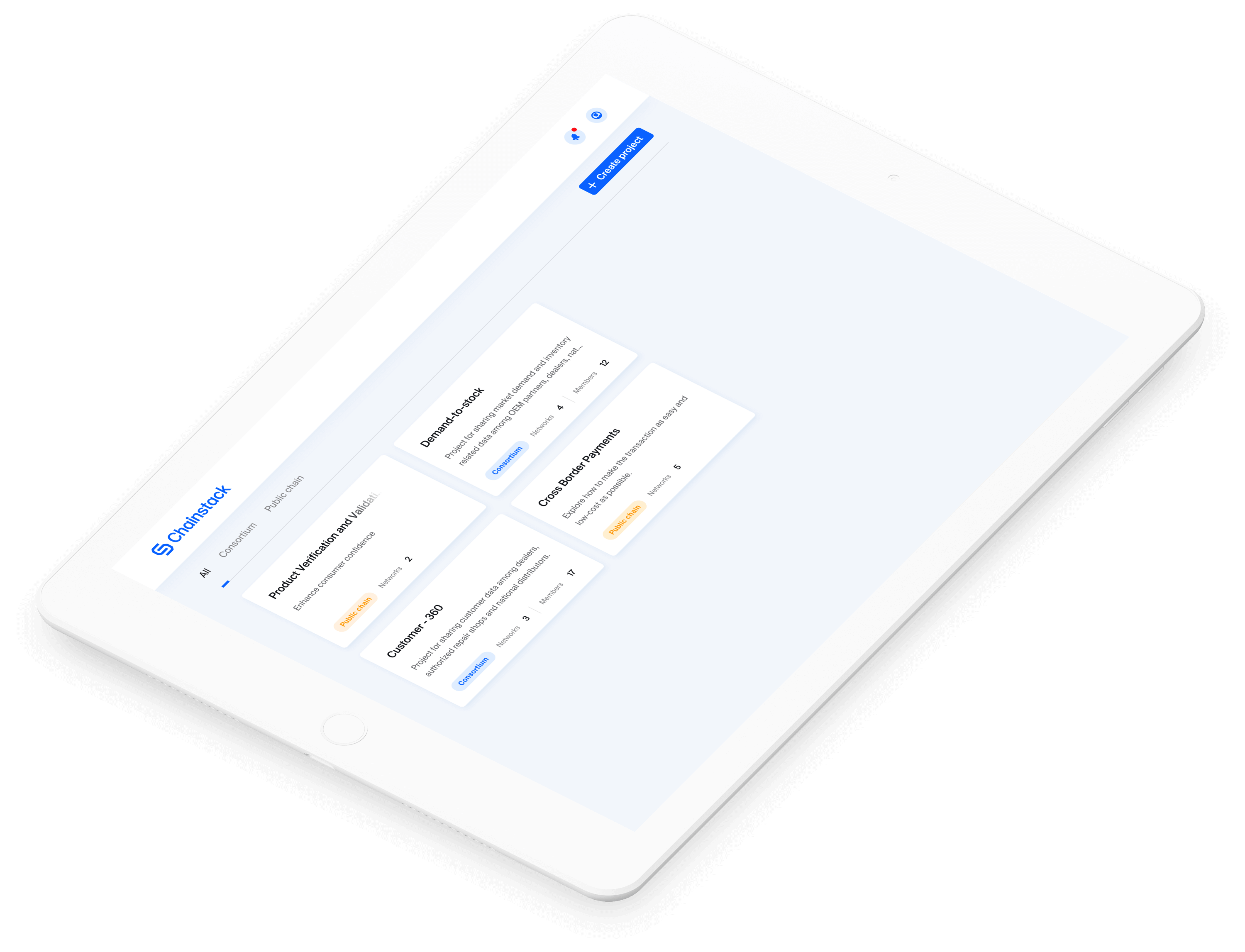Distributed ledger technology for the enterprise: Paradox to promise

What comes to mind when you hear the word ‘Enterprise’, or for that matter, ‘Organization’? Certainly not a vast collection of autonomous computers communicating and transacting among themselves. And certainly not computers that, despite the absence of a central authority, manage to get work done. Which is why Distributed Ledger Technology, or DLT for short, seems like a paradox when applied to the tightly-orchestrated and hierarchical world of business. In the enterprise world, a lack of hierarchy generally means anarchy, until now.
Without going into the technical differences between DLT and Blockchain, let me just go ahead and claim that DLT and its variants (which includes blockchains) belong to a powerful way of getting things done in the real world and with many parties. Their impact extends not only to the free-for-all public version but also to the permissioned gates of the enterprise sector.
Today there are hundreds of enterprises exploring DLT across a multitude of use cases. A recent McKinsey analysis went so far as to state that they have identified 90 discrete use cases at varying levels of maturity. This is a promising number for a technology that is viewed not only as disruptive but requires actively cooperating with one’s ecosystem.
Why is it that Maersk and a whopping 94 other organizations have joined a blockchain trade platform? Why are drug giants Genentech and Pfizer collaborating and sharing movement of goods on a single distributed database? And why on earth would the Australian Stock Exchange decide to replace its tried-and-tested 25-year old clearing and settlements system with DLT?
I could go on with similar examples of collaboration and adoption. Suffice to know, all this is happening, because the benefits of DLT to an enterprise are compelling. Let me cite a few.
With DLT, enterprises and partners are discovering that they can realise operational efficiencies and collaborate better. For instance, by consolidating supply chain data on a permissioned decentralised database, manufacturers and their logistics partners can share in a single source of truth and avoid hundreds of hours of manual matching of product codes. In Insurance, data re-entry is a major cost across broker, provider, and consumer. Once again, a single source of truth does away with this bottleneck to a faster insurance claims processing. Last but not the least, through the power of smart contracts, businesses can move so much faster — imagine the automatic release of payments on receipt of shipment instead of another round of paperwork between client and vendor.
The net effect is a significantly lower total cost of ownership (TCO). In Insurance, DLT is expected to save insurers close to 30%. And while TCO would vary across industries, it is expected to be significant. This is simply because a major component of costs in running enterprise systems and processes derive from supporting human capital.
So DLT for the enterprise is not a paradox after all. If enterprises can take a hard look at processes across their ecosystem, cede centralization where required, and cooperate, then DLT can definitely deliver on its promise and more.
Join our community of innovators
- To learn more about Chainstack, visit our Knowledge Center or join our Discord server and Telegram group.
- Sign up for a free Developer account, or explore the options offered by Growth or Business plans here.
- Take a look at our pricing tiers using a handy calculator to estimate usage and number of nodes.
Have you already explored what you can achieve with Chainstack? Get started for free today.
 Ethereum
Ethereum Solana
Solana TON
TON Base
Base BNB Smart Chain
BNB Smart Chain Sui
Sui Unichain
Unichain Aptos
Aptos TRON
TRON Ronin
Ronin zkSync Era
zkSync Era Sonic
Sonic Polygon
Polygon Gnosis Chain
Gnosis Chain Scroll
Scroll Avalanche Subnets
Avalanche Subnets Polygon CDK
Polygon CDK Starknet Appchains
Starknet Appchains zkSync Hyperchains
zkSync Hyperchains


























